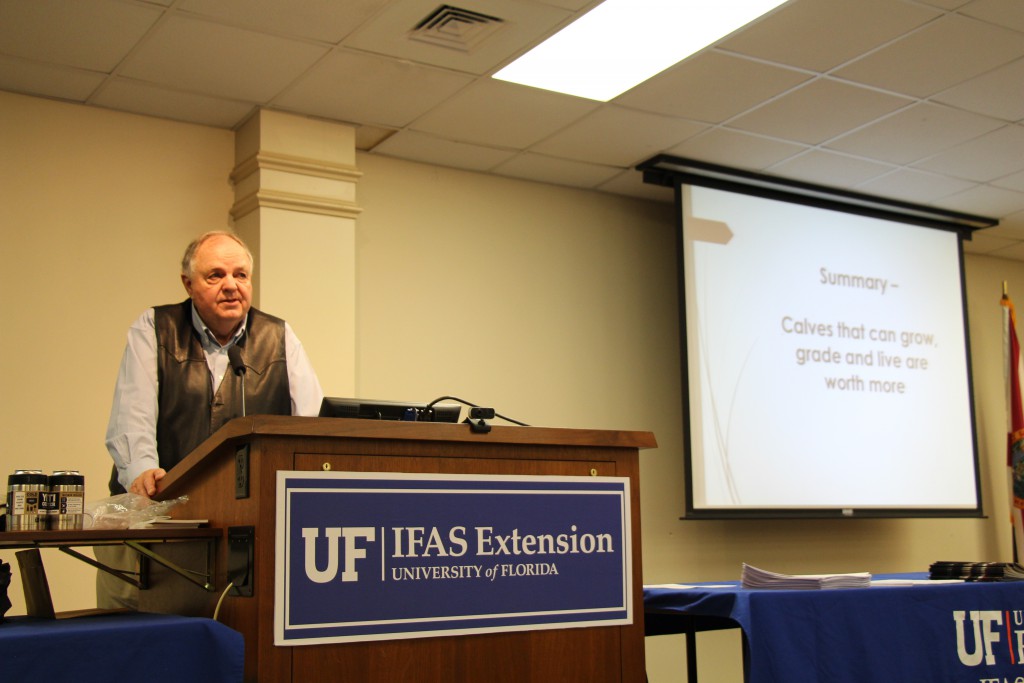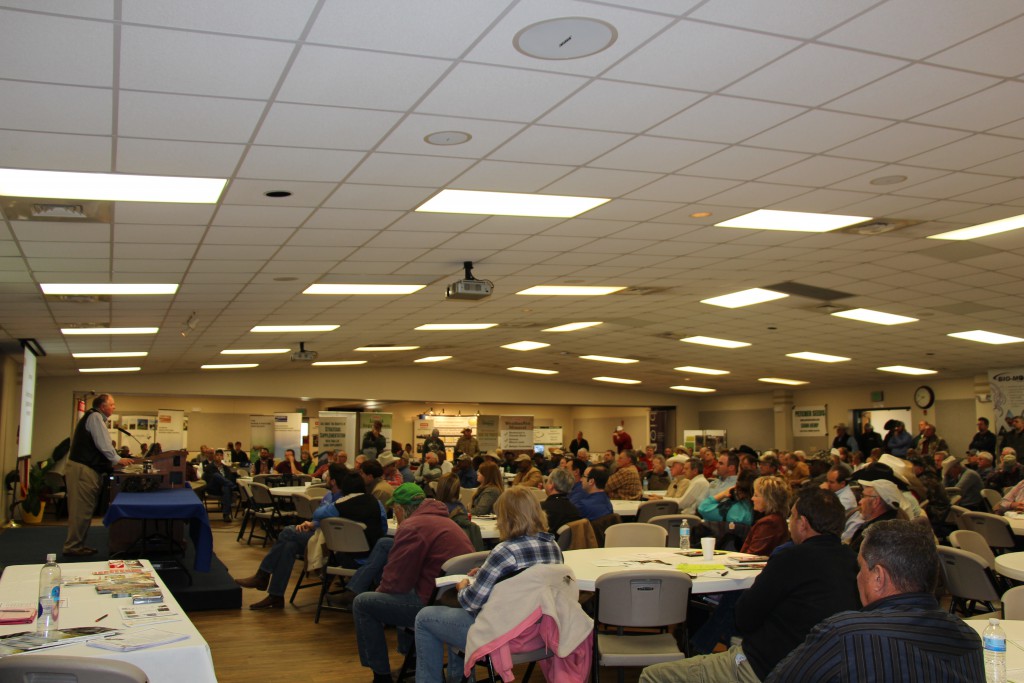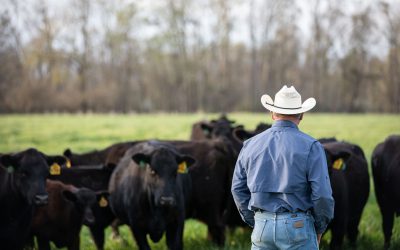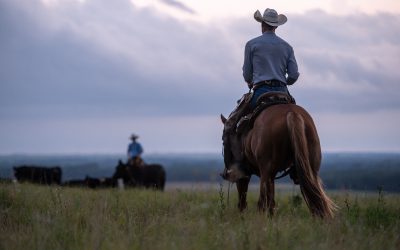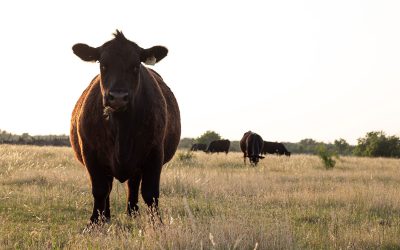
Listen and learn
From the hectic schedules we keep and the smartphones we carry, to actually digest the information, to look someone square in the eyes, at times it can feel a bit archaic.
But as the youngest of my team’s members, I make it a point to listen. It’s a given that outside there are lessons to learn, but within CAB’s walls there’s a great deal of wisdom and history, all housed within its people.
So when Larry told me he’d be coming to Florida to speak at the Northwest Florida Beef Conference, I wanted to be there. The six-hour drive up my state’s center was a given, because when I think of wisdom and insight into the industry that I love, I think of Larry Corah.
“I’ll have to admit, my first surprise when I got to Marianna (Fla.) was that I’d be scraping ice off my windshield,” Larry joked. “We have that in Kansas, but I wasn’t prepared for it here.”
Always keeping people guessing, the state welcomed him as he shared his thoughts on the industry we all rely on.
Sure he talked about the volatility of the market and the increased costs required to run just a single cow on a piece of land, but leave it to Larry to see the silver lining and offer steps to success.
For calves headed to pasture or finishing on feed, health, weight and consumer demand are driving profits, he told us.
Health has taken on a new relevance as the overall cost of an animal increased. Encountering sickness coming into the feedyard or death during the stay is felt more than in years past.
“We’re still a pounds game,” he said of the next factor. “In this industry we sell pounds and cattle have got to have the ability to grow. That’s a key driver, so don’t lose sight of that.”
Even more important is the consumer. In a shift greater than even he could have predicted, Larry said approximately 70% of all cattle fed today are sold on a grid-based system that identifies individual animals and offers premiums or discounts for value markers like quality.
“The consumer is the one determining the value of your cull cows and the price you get for your calves. We have to produce a product that the consuming public desires and wants, but the great news is they’ll pay you for it.”
There were data points shared and graphs on display and people leaning in on their chairs to listen.
“Basically, calves that can grow, grade, and live are worth more, and I think there’s some real economic opportunities available,” he said in closing.
“The consumer is telling us what they want and they’re creating price opportunities that will funnel back to the feedyards, to the stocker operators, to you as the cow-calf men.”
Thanks for allowing me to [first listen and then] tell your story,
Laura
You may also like
Progress from small steps
Every day is a chance to learn and get better. Thousands of others like my new friends in Alabama are taking steps to meet the shifts in consumer demand, and to know more. Small steps in the right direction can start now. Even if it’s just recording a snapshot of where you are today, a benchmark for tomorrow.
Not perfect, but working to get better
The CAB Cattleman Connection team heard its name called more than once in the virtual ceremonies, and each time came a sense of personal accomplishment, but even better: confirmation that we’re getting better at our craft. I hope that means we’re doing a better job for you.
Beefed up findings
Frank Mitloehner presents his findings on the animal ag sector’s impact on global warming. He explains how cattle counterbalance other fossil fuel sectors, proving that cattle are a solution and not a threat.

